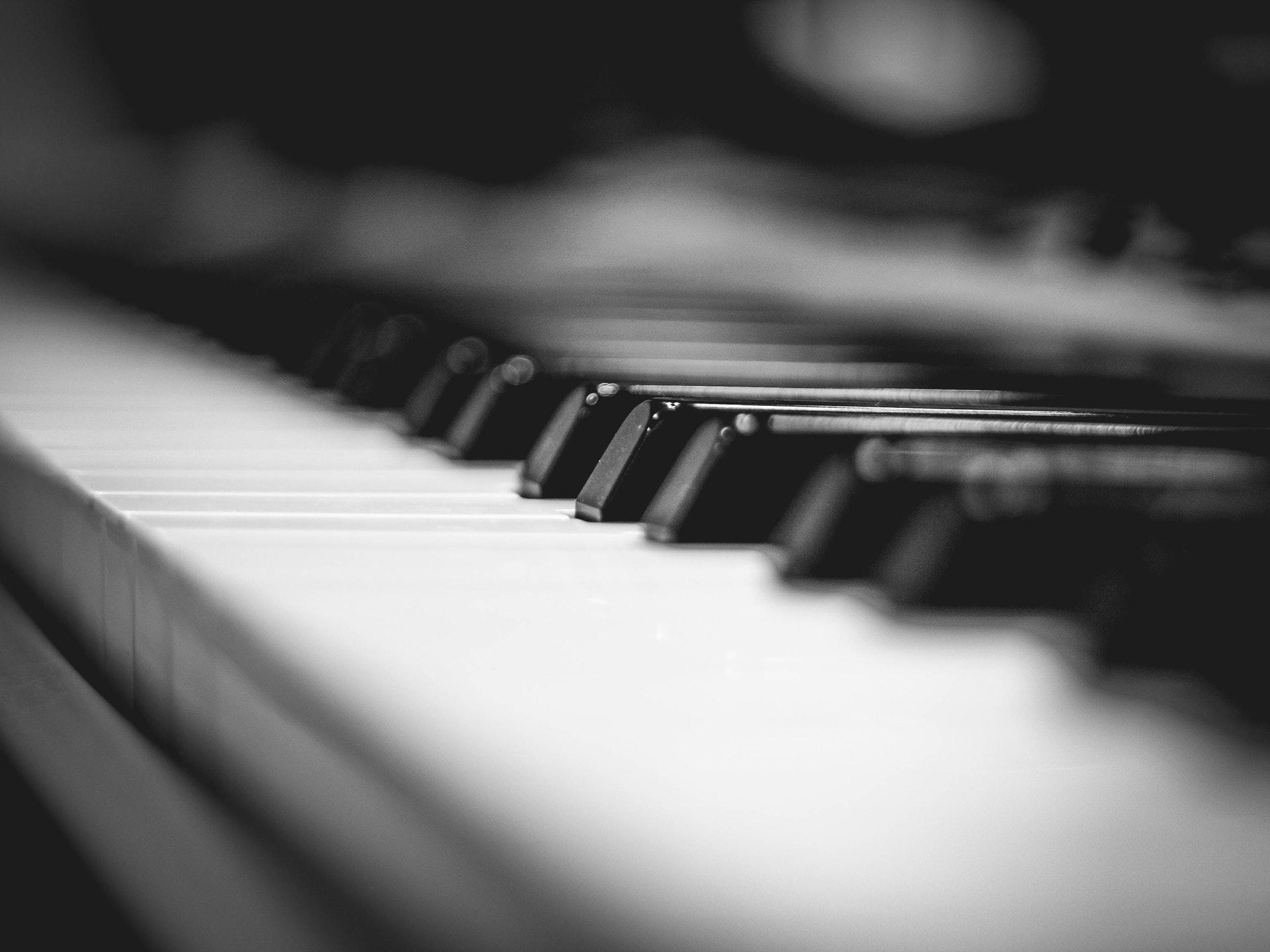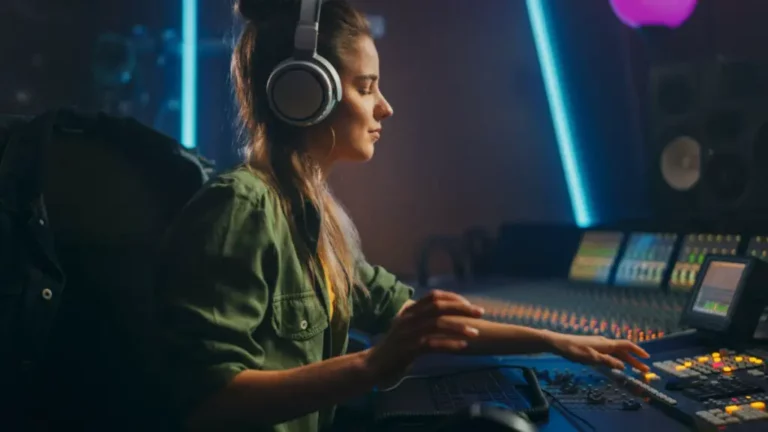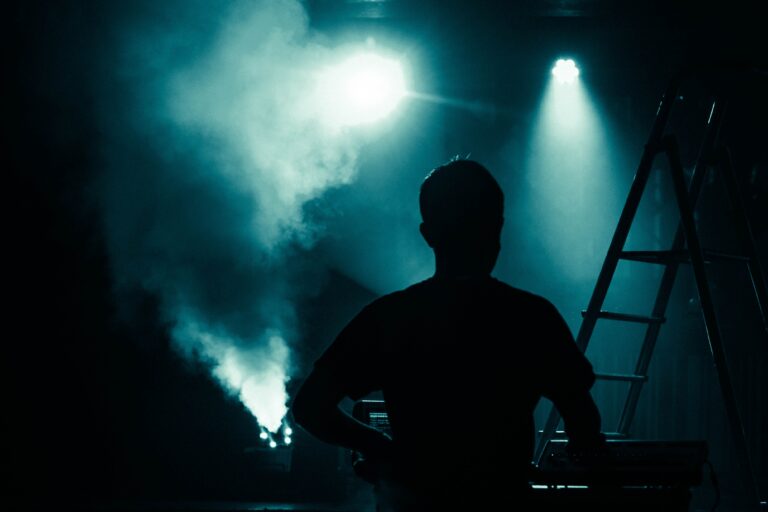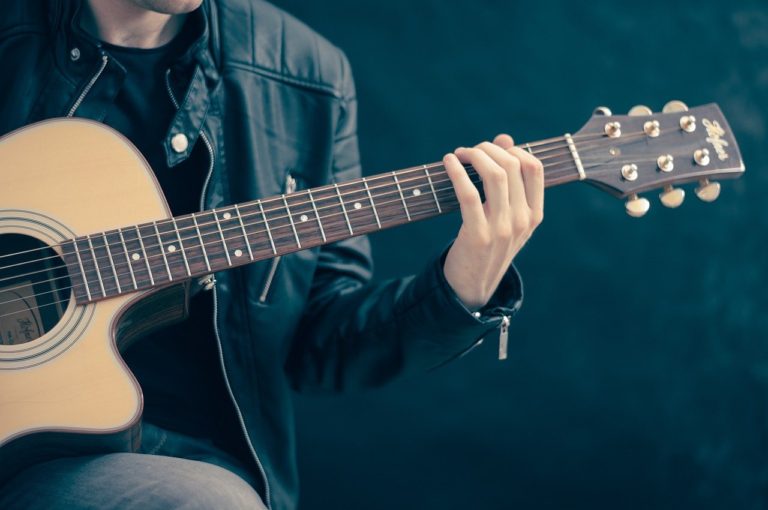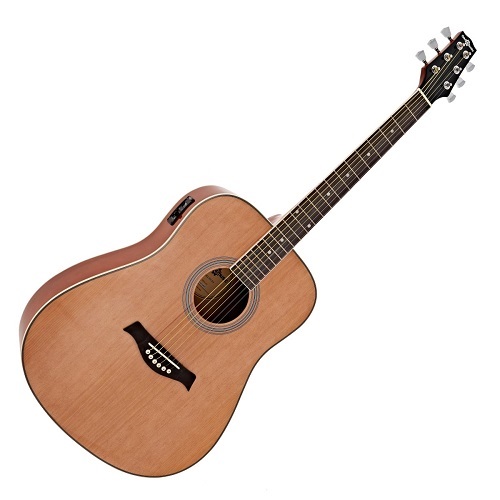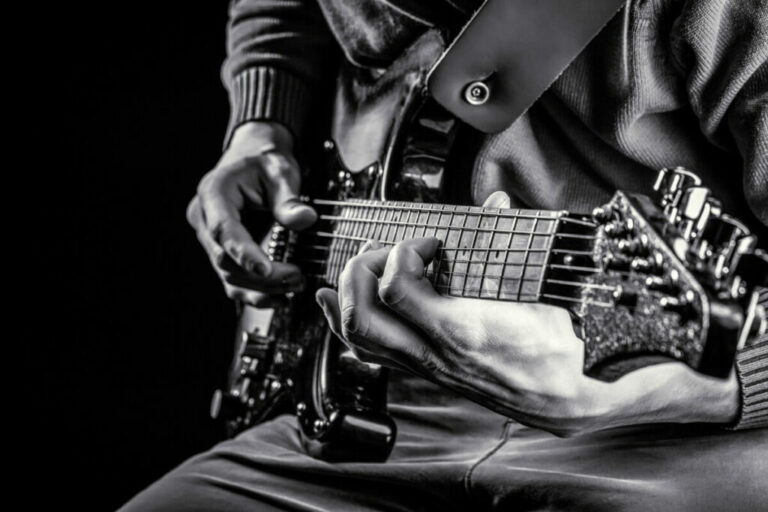How to EQ a Piano
Learning how to EQ a piano greatly benefits your music production. It enables you to extract a realm of tonal variations from one instrument. In short, it’ll make your music better.
But how do you EQ a piano? Adjusting the sound profile through digital audio workstation (DAW) software is the best route. These settings enable you to modify a piano’s frequency range and alter its tone. However, each DAW handles it differently.
Ultimately, it’s not a complex task to EQ a piano. Nevertheless, there are some techniques you need to learn if you want to make it easier on yourself. After reading this article, you’ll know everything you need to know to start.
What Does it Mean to EQ a Piano?
Let’s take a step back. What does it even mean to “EQ” a piano?
EQ is short for “equalization.” In music production, this is the process of altering the frequency levels of a track. The primary purpose is to balance all the recording elements so that everything works together pleasantly.
At its most basic, EQing can simply involve reducing or increasing the bass or treble of a particular instrument. This ensures that nothing overwhelms everything else in the final song. Likewise, it can help boost quieter instruments like bass guitars.
With a piano, very low and very high notes are harder to hear than the ones in the middle. Thus, EQing a piano can help make up for the acoustic drawbacks of an otherwise fantastic-sounding instrument.
Benefits of EQing a Piano
Equalization isn’t just about making a track louder or quieter. EQing a piano, for example, allows you to modify the tone.
You can adjust specific parts throughout the bass, mid-range, and treble spectrum. Going heavy with treble can allow a sharper and crisper tone, for example. Reducing the middle tones can cut back on “muddy” sounds.
Once you understand how frequencies work together, you can easily make limitless adjustments until you get the perfect piano sound for your song.
Piano EQ Settings
Before you start messing around with EQ settings, it’s important to understand what they mean. Otherwise, you’ll probably end up wasting time making random adjustments.
At first glance, equalization is incredibly straightforward. You’ll see a line with points that you can move up and down a grid.
The “settings” we’re talking about change as you move from left to right. Low frequencies are on the left. As you move to the right, frequencies get higher. Some DAWs might include lines that distinguish bass, low-middle, middle-treble, etcetera.
However, if yours doesn’t, it’s easy to visualize EQ settings. Imagine two equally spaced vertical lines in the middle. The space to the left represents bass territory. The space to the right is treble. Anything in between the lines is part of the midrange frequency.
TL;DR: Left is bass, right is treble.
How to EQ a Piano in Different DAWs
While equalization is a simple process, different applications approach it differently. Fortunately, it’s usually one of the easier functions in music production software.
Below, we explore EQing a piano in two of the most popular DAWs: GarageBand and FL Studio. If you use something else, the good news is that most DAWs out there take inspiration from these two so the process will be similar.
Nevertheless, check out the software’s website if you need specific guidance. It’ll probably look something like what you see below.
How to EQ a Piano in Garageband
GarageBand is the most popular free DAW for Mac users. It’s been the stepping stone into music production since it came out 20-ish years ago.
Apple outlines the EQ process as follows:
- Open “Smart Controls” in the control button. The button looks like a dial turned to the left.
- Click the EQ button.
- Switch filters on and off via the colored icons at the top.
- Click and drag points to adjust EQ settings. Consult “Piano Mixing Tips” below for pointers on how this plug-in can help you create a variety of piano sounds.
How to EQ a Piano in FL Studio
Ask someone who’s familiar with pro-grade DAWs to name one; chances are high you’ll hear “FL Studio” mentioned first. This expensive tool is massively capable, so the ability to EQ a piano is implied.
There are a few ways to do this. However, it might not be immediately evident which method is appropriate. FL Studio is a professional-level DAW, after all.
The Fruity Parametric EQ 2 plugin is a great option for unparalleled flexibility. With it, you can make your piano sound however you want.
To avoid dangerously oversimplifying things, we’ll refer you to this video from FL Studio’s YouTube channel:
Piano Mixing Tips
There’s more to the EQ process than moving sliders up and down. Yes, that’s part of it – but there is a method to making it work.
By changing frequencies, you fundamentally alter how a piano recording sounds. This enables you to give unique voices to the instrument.
Don’t forget that your DAW may include presets. Give those a shot. But if you want more control, read on to explore some pro mixing tips.
Low-Pass and High-Pass Filters
In the past, the only way to use a low or high pass filter was to buy one. Fortunately, most DAWs have a software version of this feature.
But what does a high/low-pass filter do?
A high-pass filter is great for eliminating background noise. They work by allowing sound above a certain frequency to “pass” through. Meanwhile, low-frequency noises are suppressed.
Because many types of unwanted background noise are low-pitched, high-pass filters are astonishingly effective at “cleaning up” your audio.
Meanwhile, a low-pass filter is best for making sound pop. If you have a clean piano recording, this is the kind of filter you’ll use most. It gives depth to your sound by allowing lower notes and creating more “depth”.
Those who use low-pass filters for stylistic reasons describe the result as being smoother. Allowing lower tones helps space out multiple instruments so that they don’t occupy the same frequency range. Strangely, low-pass filters can also help amplify high notes.
Along with the EQ slider, a filter can help you achieve many unique piano styles such as:
Classical Tone
A digital piano’s default tone might not suit you if you’re going for Beethoven or Listz. Instead, you want to make it sound more traditional – like something you’d hear in a Vienna concert hall.
For a classical grand piano sound, give all frequencies a slight boost – with an exception.
Decrease the area between 200 and 500hz by just a hair. Ten decibels should do the trick. If not, continue to play with the settings until you get a bright and classy tone with little muddiness.
Bass-y Tone
This one’s rather self-explanatory. If you want a bass-y tone, increase the bass frequencies and boom, you’re done.
But be careful not to go overboard. You don’t want unpleasant clipping or rattling coming from your speakers.
Keep adjustments modest. Increase by a little at a time and test the sound as you adjust. If the bass is being drowned out by higher notes, lowering high frequencies will make lower notes easier to hear.
P.S: Enhancing bass tones is where a low-pass filter comes in handy.
Western Saloon Tone
To get a “honky-tonk” sound that epitomizes the wild west, a couple of EQ tweaks go a long way. Plus, it’s a better alternative than letting your piano go out of tune as old saloon owners did.
Outside of neglect, another method behind the unique tinny sound of a saloon piano was caused by purposefully placing tacks on the strings. But this isn’t ideal for the lifespan of your instrument.
Instead, adjust the recording in your EQ settings by applying a high and low-pass filter. Boost the higher ranges between 600hz and 3kHz. Consider adjusting the pitch, too, for that “beat-up hunk o’ junk piano” sound – if that’s the style you seek.
Vibrant Pop Tone
Simple, versatile, and to the point. A pop tone can help you emulate the greats like Elton John and Billy Joel. It also suits more recent music, too.
You’ll find brilliance and vibrance above 2kHz. If you want your piano to pop (pun intended), this is where you’ll make your most important EQ adjustments.
Give a gradual, modest boost to the area to the right of 2kHz. Meanwhile, slightly drop your mid-tones between 200 and 2kHz. Avoid any sharp increases to maintain a graceful piano tone.
Test and tweak until you achieve perfection.
Conclusion
Equalizing or “EQing” a piano is a common way that music producers craft amazing tones. It’s all done digitally in a digital audio workstation, called a “DAW” for short.
Ultimately, EQing a piano is super straightforward. The process involves increasing and decreasing audio levels throughout the instrument’s frequency range. Simply by modifying the levels of bass, mid-tones, and treble, you can make your recording pop.
It’s time to open up GarageBand, FL Studio, or whatever you use and get started. By experimenting with EQ levels, you’ll understand how much more versatile the piano becomes when aided by your PC.
